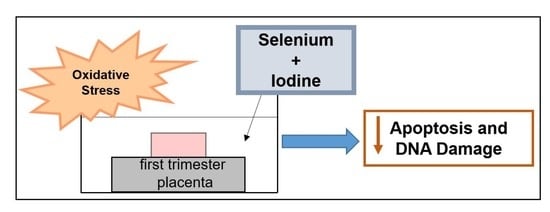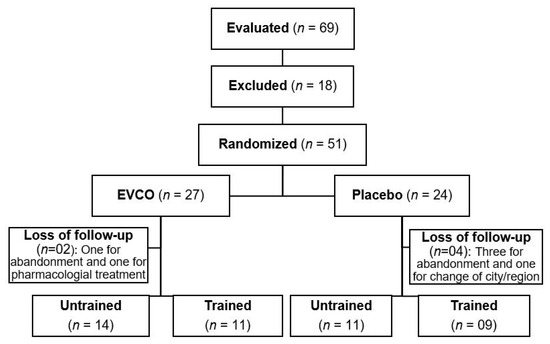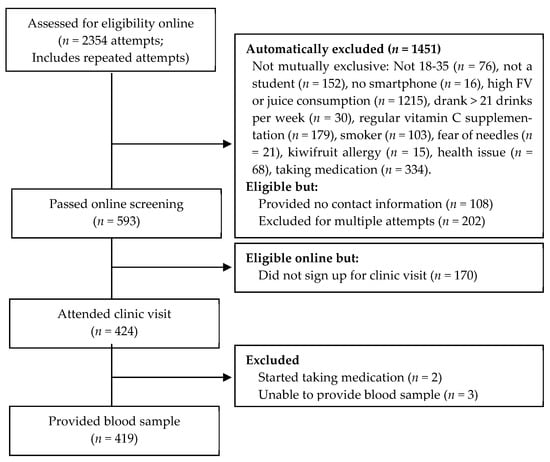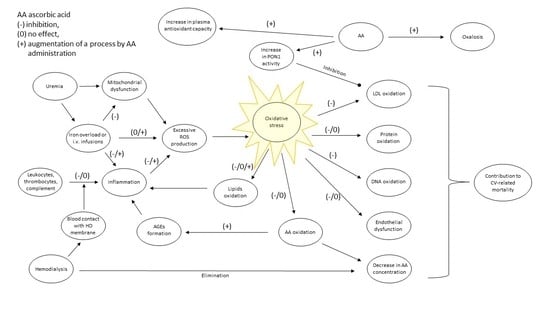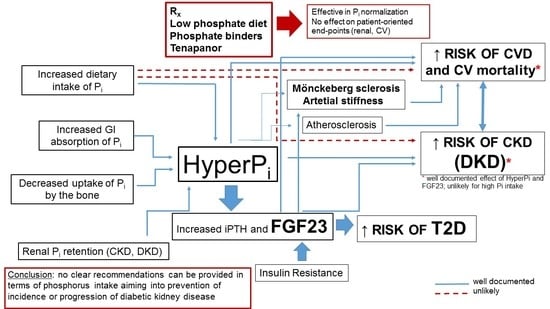1
Department of Sport and Health Sciences, Technical University of Munich, 80809 Munich, Germany
2
Department of Nutrition and Health Sciences, University of Nebraska-Lincoln, Lincoln, NE 68503, USA
3
College of Allied Health Professionals, University of Nebraska Medical Center, Omaha, NE 68198, USA
Nutrients 2021, 13(3), 802; https://doi.org/10.3390/nu13030802 - 28 Feb 2021
Cited by 11 | Viewed by 5822
Abstract
Suppression of insulin-like growth factor 1 (IGF-1) and leptin secondary to low energy availability (LEA) may contribute to adverse effects on bone health. Whether a high-protein diet attenuates these effects has not been tested. Seven men completed three five-day conditions operationally defined as
[...] Read more.
Suppression of insulin-like growth factor 1 (IGF-1) and leptin secondary to low energy availability (LEA) may contribute to adverse effects on bone health. Whether a high-protein diet attenuates these effects has not been tested. Seven men completed three five-day conditions operationally defined as LEA (15 kcal kg fat-free mass (FFM)−1·day−1) with low protein (LEA-LP; 0.8 g protein·kg body weight (BW)−1), LEA with high protein (LEA-HP; 1.7 g protein·kg BW−1) and control (CON; 40 kcal·kg FFM−1·day−1, 1.7 g protein·kg BW−1). In all conditions, participants expended 15 kcal·kg FFM−1·day−1 during supervised cycling sessions. Serum samples were analyzed for markers of bone turnover, IGF-1 and leptin. The decrease in leptin during LEA-LP (−65.6 ± 4.3%) and LEA-HP (−54.3 ± 16.7%) was greater than during CON (−25.4 ± 11.4%; p = 0.02). Decreases in P1NP (p = 0.04) and increases in CTX-I (p = 0.04) were greater in LEA than in CON, suggesting that LEA shifted bone turnover in favour of bone resorption. No differences were found between LEA-LP and LEA-HP. Thus, five days of LEA disrupted bone turnover, but these changes were not attenuated by a high-protein diet.
Full article
(This article belongs to the Section Sports Nutrition)
▼
Show Figures



